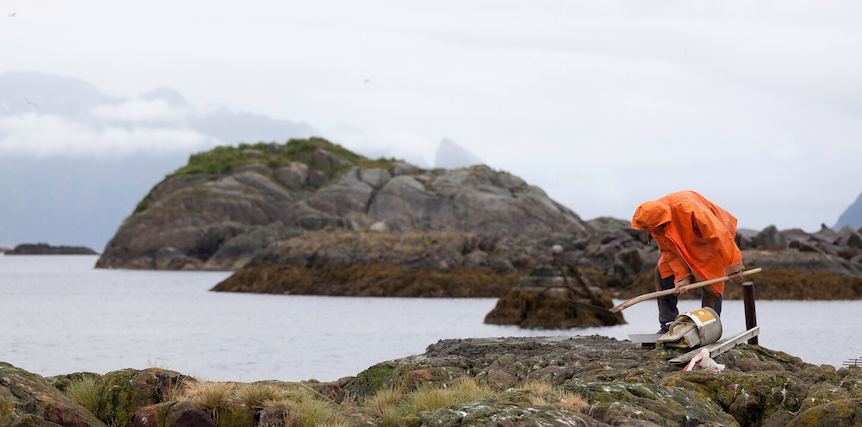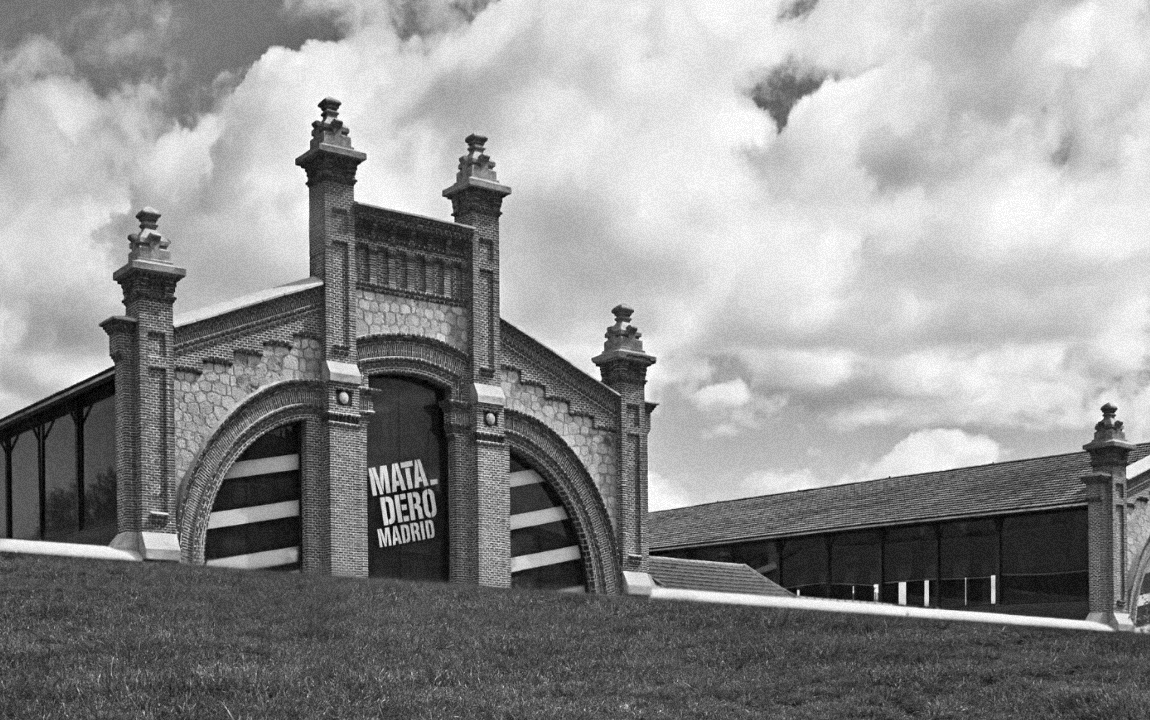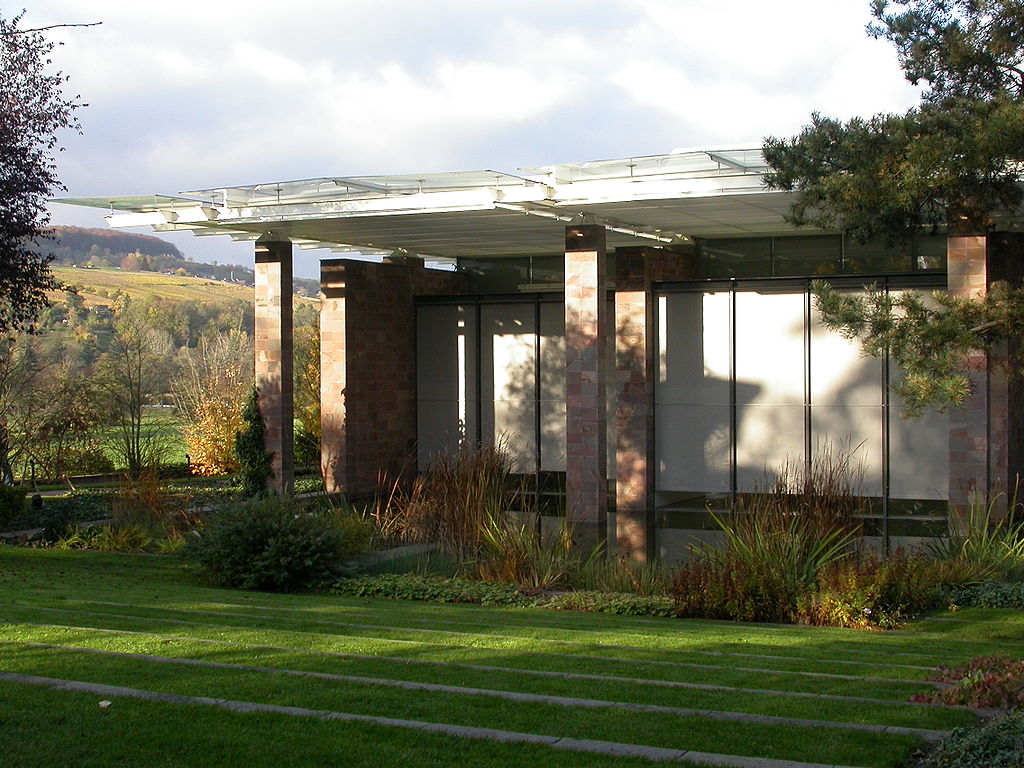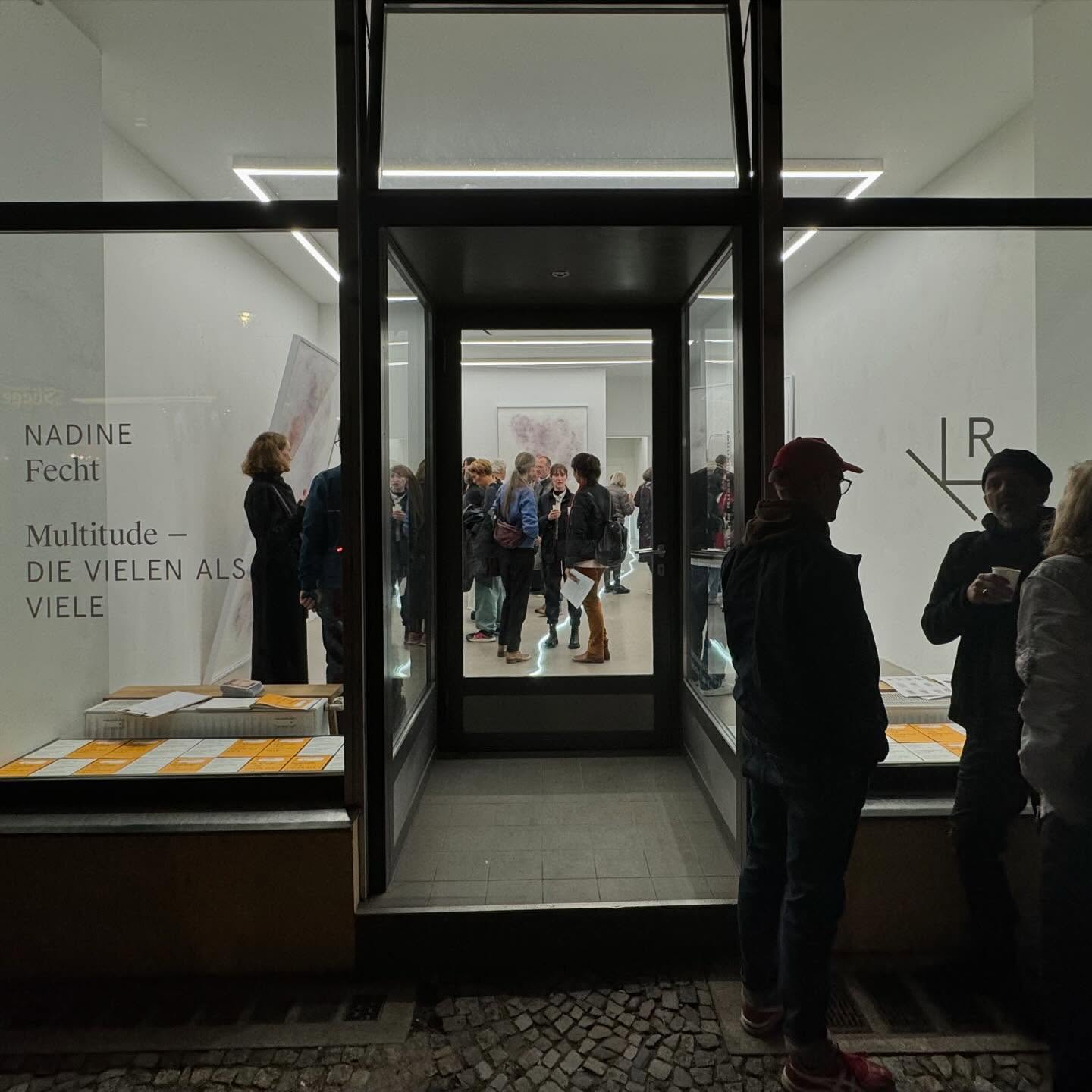LIAF now seeks a curator or curators for LIAF 2022, with a project period extending from 1 April 2021 to 1 November 2022. We welcome applications from individual curators and from various curatorial constellations.
Lofoten International Art Festival (LIAF) is a biennial for contemporary art that takes place in the Lofoten Islands. LIAF considers all of Northern Norway as its home region. The biennial has roots dating back to 1991, when the first art festival was organised in Lofoten. Today it is an important institution in Norwegian contemporary art.
Although its starting point is local, LIAF has a regional and global orientation. LIAF seeks new spaces for art, and new connections between art and society. We have an inclusive attitude to the public, our colleagues and all with whom we work. We are open to experimentation and trying out new things. We believe art is for everyone, and that it can challenge and engage. We are both informal and professional.
LIAF is owned and organised by the art centre Nordnorsk kunstnersenter, with an artistic advisory board that determines the biennial’s profile and framework for each edition of LIAF.
BACKGROUND
Like many other biennials in the world, LIAF was established in the 1990s. By 2020, the conditions for most large art events have changed.
The environmental consequences of increasing international mobility pose big challenges for international art biennials. The mobility is a result of globalisation, which made the international biennials possible in the first place. Some specific questions emerge regarding the sustainability of biennial culture: Which values do biennials create locally, and which content should the concept ‘international’ have in a local context?
These questions and challenges have been identified and discussed for a long time, but the current pandemic has re-actualised them, casting some of them in a sharper light and making them more urgent to address.
For LIAF’s part, this means that we, together with our curator(s), want to work with a biennial that does not relinquish its possibility to set a focus, gather together, provide visibility and create new connections, but will also seek to:
- Have a clear starting point in its own environment and its own situation
- Find new and meaningful ways of working globally and across national borders, thus to provide knowledge and value on both local and supranational levels
- Have an awareness about sustainability in the different ecologies that surround LIAF
- Contribute to developing infrastructure in the field of art in North Norway
- Increase the number of people who come into contact with LIAF’s art and artists
FOCUS FOR LIAF 2022
LIAF 2022 will focus on collaboration and collective processes. It will facilitate art production and create values and knowledge through art, based on genuine encounters and interaction between people and places. Workshops and artist residencies will be core elements in the development of the festival.
As part of this work, LIAF 2022’s curator(s) will have four places or situations to use as starting points for developing the festival:
- Kunstnerhuset in Svolvær has a guest studio with a long history in Lofoten. Here the curator(s) will organise two collective work residencies for artists.
- Two local communities in Lofoten will have one artist/artist group as a long-term guest.
- A residency in Lofoten provided by one of our regional collaborative partners offers one or two participants in LIAF 2022 an opportunity to experience wide horizons, seclusion and proximity to nature.
- The curator(s) will give work stipends to four artists in LIAF’s own region, for the production of works for LIAF 2022.
These places and situations will be both a part of LIAF 2022 and tools for developing the rest of the festival. LIAF 2022’s curator(s) and the artists with whom they choose to work will give them content and form, and together with us, create LIAF 2022.
Application details
The application should contain:
- A description of your motivation for getting involved in the biennial, and a project sketch (Maximum length two A4 pages)
- A cover letter in the form of a short biography/cv, which describes your professional curatorial background and experience (Max. length one A4 page)
- Illustrated portfolio/presentation of 1–3 selected projects (as a pdf or as a link to a website)
We request that all application material be sent together in a single file in pdf format.
The application deadline is 1 January 2021, 23:59 Norwegian time (11:59 pm)
Send the application by email to application@liaf.no











